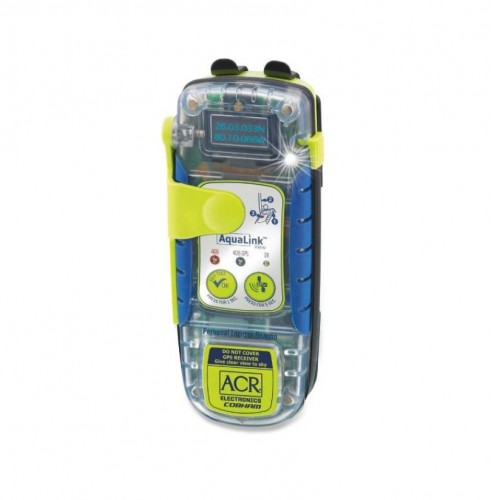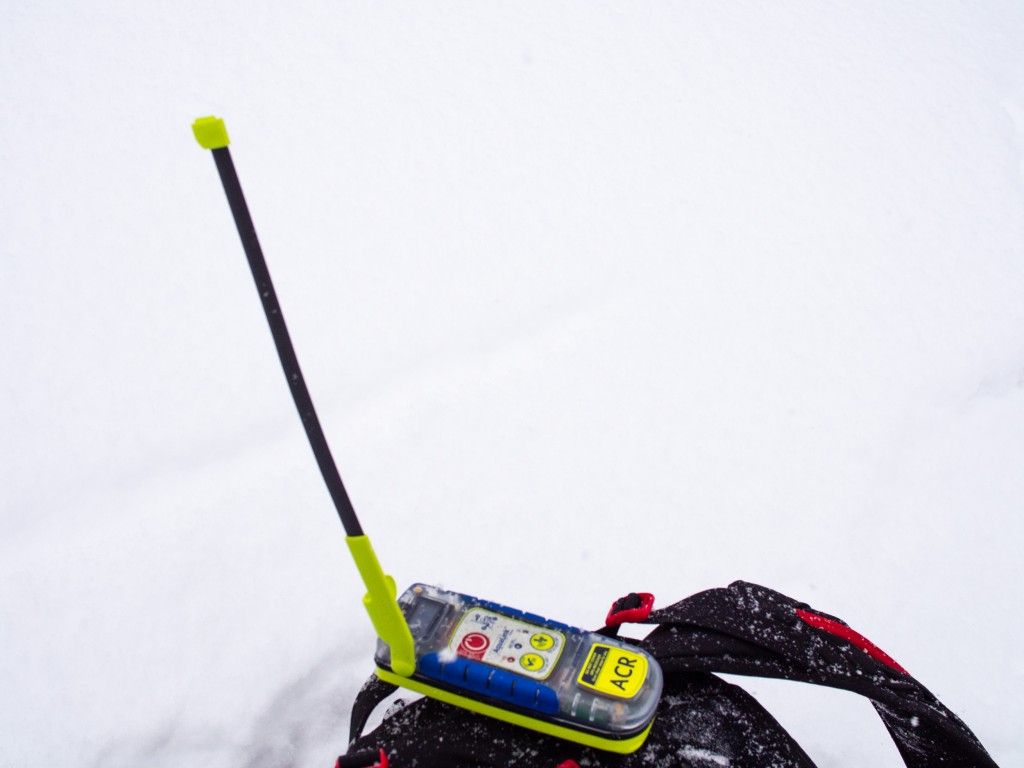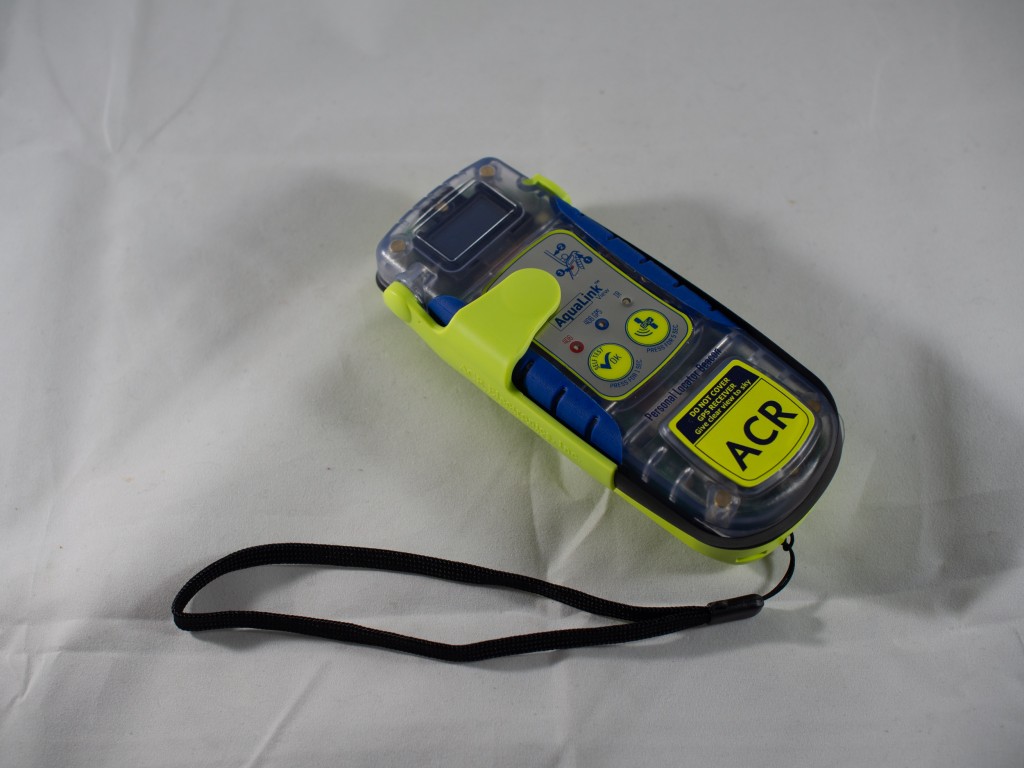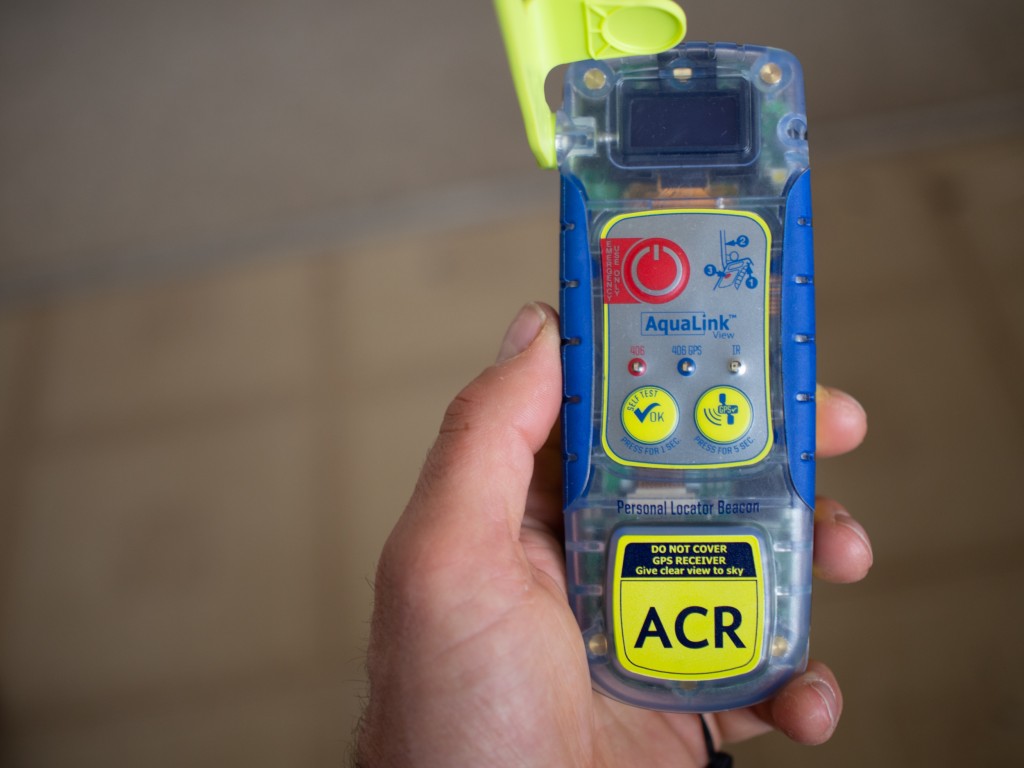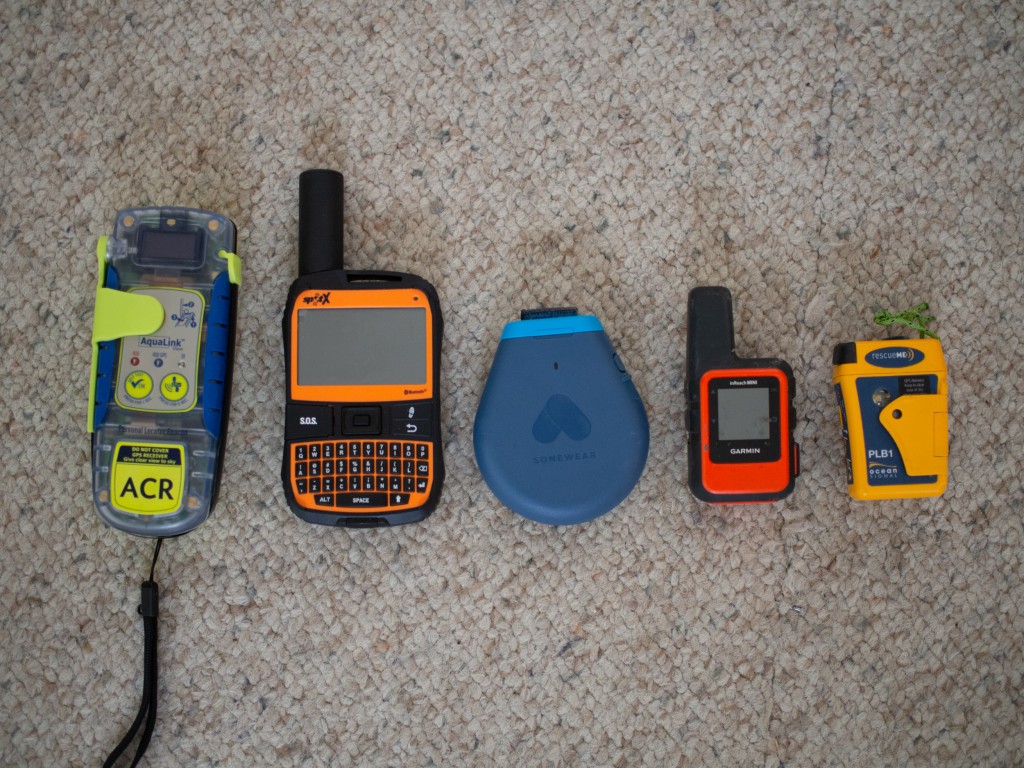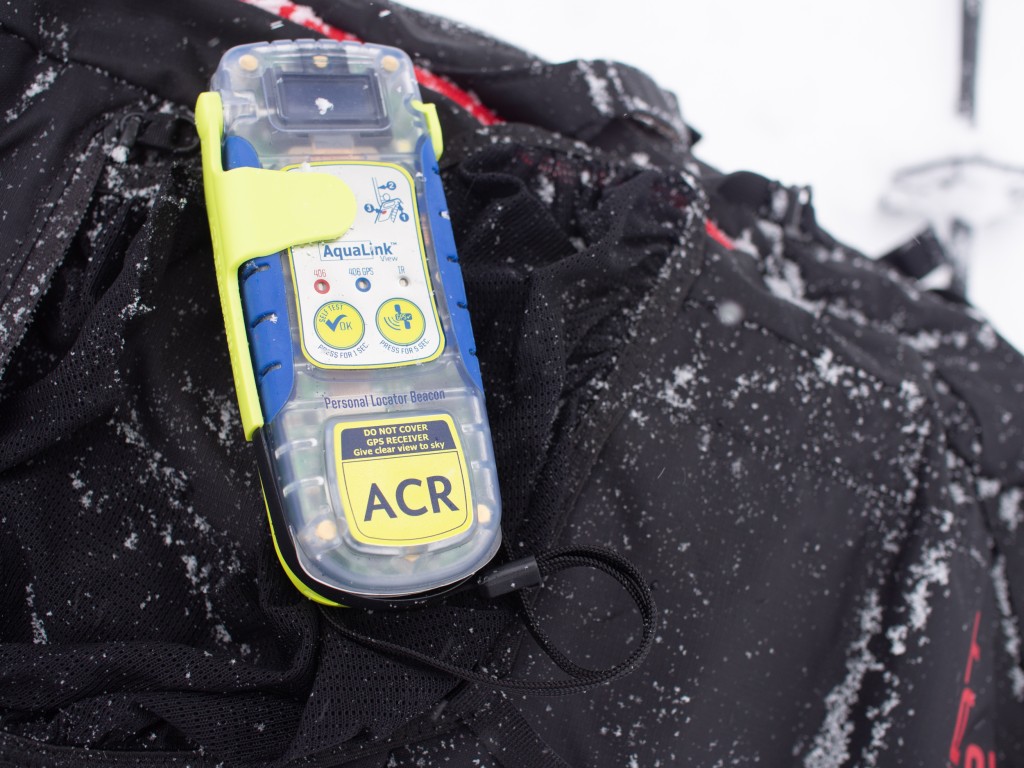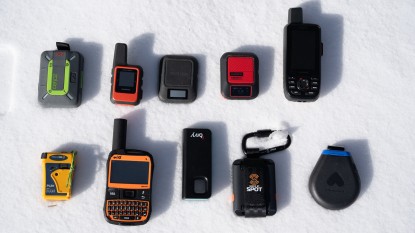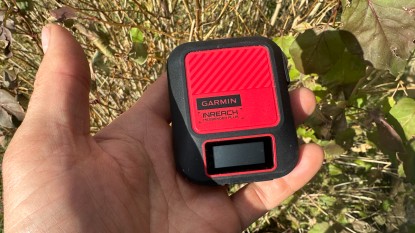ACR Electronics AquaLink View Review
Our Verdict
Our Analysis and Test Results
We tested the ACR AquaLink View for its utility to the typical all-around outdoor adventurer. The market of available satellite communicators is a dizzyingly complicated field. From ACR alone, there are dozens of subtly different products that all seem to do the same thing. In short, the AquaLink View is this company's top of the line satellite messenger for human-powered adventures. While it is this company's top of the line offering, it is even better compared to products from other brands. It is bulkier than virtually all options, heavier than most, more expensive (at initial purchase) than all we have assessed, and does fewer things than the top-performing competitors. With the AquaLink you get access to the world's best emergency satellite network, but you have to cart around a large and heavy piece of equipment and settle for minimal to no other communication options. The only setting in which we would recommend this product is for all-around outdoor adventurers who tilt their practice toward the wet and wild. If you push the limits of small-craft sailing and open-water canoeing, the floating design and flashing strobe light of the Aqualink set it apart from the competition. In virtually all other typical settings, the Aqualink is overkill in some ways and underwhelming in the others.
Performance Comparison
SOS/Emergency Message
The AquaLink View taps into the government-supported “COSPAS-SARSAT” network of emergency location communication satellites. This is definitely the best emergency SOS messaging network on the planet. For announcing to authorities that you are in distress, and telling those authorities where and who you are, there is no better network than the COSPAS-SARSAT system.
This system is monitored all around the world and by a professional dispatch system. That dispatch system gets a message that includes your location and information from which they can deduce your identity (you need to first register your device with contact information). Implicit in the message they receive is that you are in a dire emergency, with life or limb at risk. The included “free” dispatch service then contacts whatever local resources are most appropriate and available.
Now is the time to note that your emergency response is informed by the SOS messaging service you use and by local resources. In most cases, getting an SOS message out is the easy and fast part, regardless of which service or hardware you use. Local resources getting to you will take at least hours, and up to days, depending on where you are located. Any product we test that uses any of the SOS messaging and dispatch services is vulnerable to this same reality. While we call the communication service activated by the AquaLink View “the best”, realize that many others use this same service, that the “second” and “third-best” options are really good also, and that the eventual response is far more dependent on local resources, weather, conditions, timing, darkness, triage decisions, geopolitical factors, financial factors, and the nature of the terrain you are in.
Non-Emergency Messaging
There is currently no non-emergency messaging option on the ACR AquaLink. At one point in history, just a few years ago. ACR offered a paid service that could function as a rudimentary “I'm OK” message through devices like the ACR AquaLink. This “406Link” service has been suspended for a few years now, but ACR's promotional materials still suggest that the service may return. If and when the 406Link service returns, your AquaLink device could provide a basic check-in messaging service to those that really understand its function and limitations. In that case, the extended battery life of the AquaLink View, as compared to smaller options we review, would add significant value to the equation. Greater battery life equals more “check-in” message options.
Signal Coverage
The COSPAS-SARSAT satellite network employed by the ACR AquaLink is truly worldwide. Satellites cover the entire globe. However, nothing about the AquaLink or the COSPAS-SARSAT network transcends the normal issues of satellite communication. All satellite communications are vulnerable to local “sky-view” circumstances. Buildings, dense tree cover, deep valleys, big cliffs, and other steep terrain inhibit all satellite signal transmission. It is entirely possible that, in certain types of terrain, no signal will get out from the ACR AquaLink nor from any type of satellite messenger.
Ease of Use
The ACR AquaLink is very simple in form and function. All it is capable of doing is send a simple “I need help” message. The greatest usability challenge is in understanding the registration process and the limitations of the product and service. In this way the AquaLink is no different than any of the COSPAS-SARSAT products. The AquaLink has a screen and various lights that offer feedback on its function. In this way, the AquaLink View exceeds its closest competition.
Portability
The AquaLink is large and heavy, for what it does. Other products in our test do essentially the same thing for less than half the weight. 9.4 oz of the AquaLink puts it in a category of equipment that will often get left behind. At half that weight, with associated significant bulk reduction, a satellite messenger seems to pass a critical threshold and be readily portable on any kind of human-powered adventure.
Value
The ACR Aqualink is pretty expensive for a COSPAS-SARSAT beacon. Ongoing service is free, which helps amortize the cost. However, at initial purchase there are options that essentially do the same thing for quite a bit less.
Conclusion
This product is suitable for a very narrow niche of users. If you fit that niche, you will readily accept its limitations and quirks. If you do not, there are other products that are much better suited to your needs.


